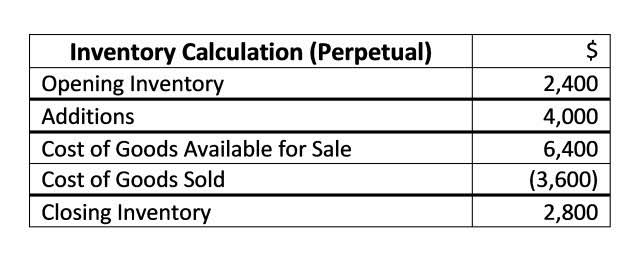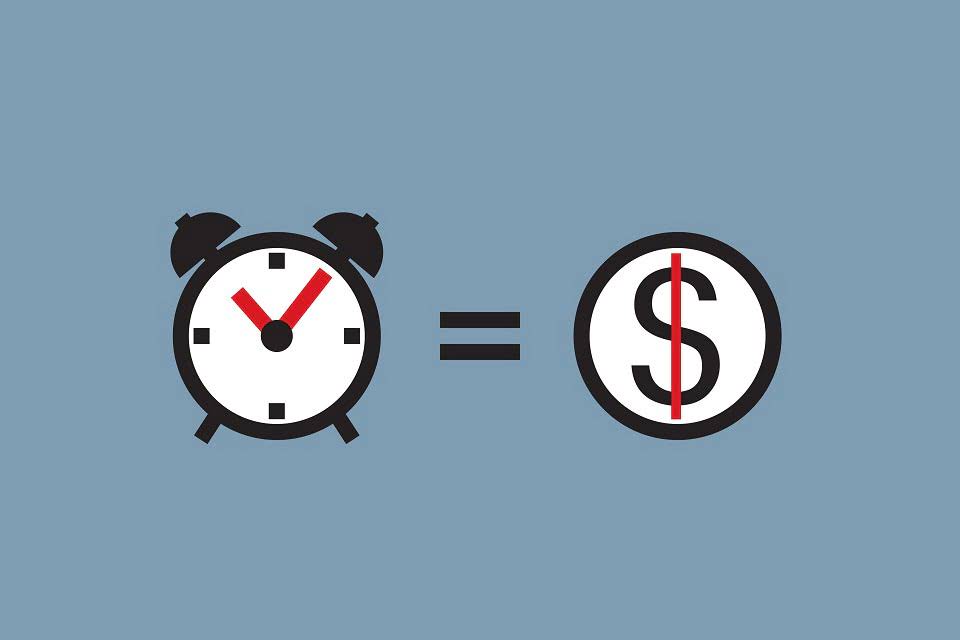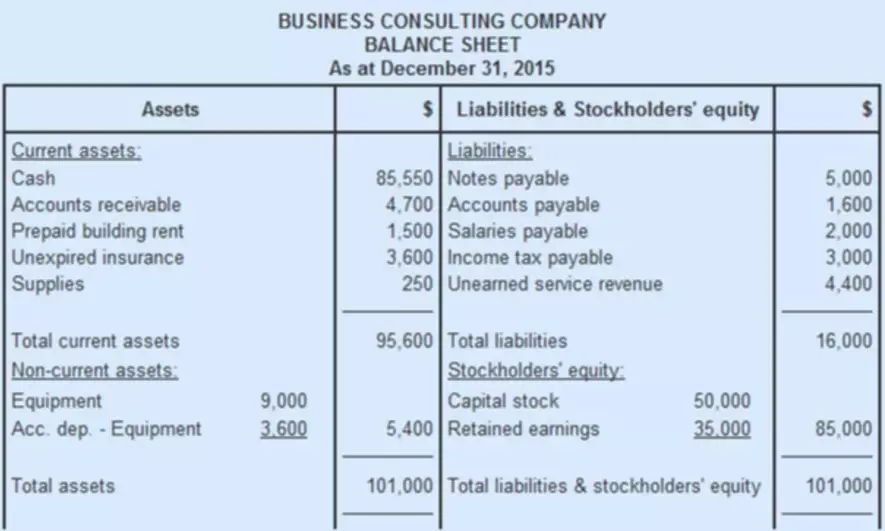Content
You can use your temporary accounts to see if you’re on track to meet your short-term goals, and you can use permanent accounts to better grasp where you stand at any given time. Revenue refers to the total amount of money earned by a company, and the account needs to be closed out at the end of the accounting year. To close the revenue account, the accountant creates a debit entry for the entire revenue balance. For example, if the total revenue recorded was $20,000, then a debit entry of the same amount should be written in the revenue account. Business owners who can distinguish permanent and temporary accounts have an advantage when making wise business decisions since they have a better understanding of their company’s financials. Businesses may maximize their investments and make educated decisions with greater financial knowledge.
- Because it’s a permanent account, you must carry over your cash account balance of $30,000 to 2022.
- When the new fiscal period begins, the new account is then reset once more to zero.
- Liability accounts record all the business’s financial obligations, or money owed to another individual or business.
- If you use a drawing account, you should also have the software zero it out and move it to the owner’s capital account.
- Tracking the amount of money received for goods and services provided, revenue accounts include interest income and sales accounts.
Temporary accounts are the income statement accounts, Revenues and Expenses. Temporary accounts are closed out (returned to a zero balance) each month to prepare the accounts to accumulate the next month’s revenues and expenses. Closing of temporary accounts is part of the normal accounting cycle. In contrast to a temporary account, the balances of permanent accounts, also known as real accounts, carry over from one reporting period to the next. The cumulative impact of ongoing transactions on these accounts causes their balances to fluctuate over time, by increasing, decreasing, or canceling out to zero. There are, primarily, five types of accounts in accounting—assets, liabilities, equity, revenue, and expenses, and they can be further categorized as temporary accounts and permanent accounts.
Which Are Not Temporary Accounts? – Examples of Temporary Accounts
These are called closing entries, and they reset the balances and close the temporary accounts for the year to prepare them for the new accounting cycle. The use of temporary accounts is the best way for accountants to measure profitability for a business. You can use these temporary accounts for any accounting period, such as a quarter. An income summary account contains all revenue and expense entries from a designated accounting period and reflects net profit or loss within that timeframe. At the same time, the temporary expense account must also be closed out.
For example, let’s say your rental expenses were $15,000 in 2019, and earned revenue was $75,000. A temporary account that is not an income statement account is the proprietor’s drawing account. The balance in the drawing account is transferred directly to the owner’s capital account and will not be reported on the income statement or in an income summary account.
What is a Good Profit Margin for a Small Business?
Then, in the income summary account, a corresponding credit of $20,000 is recorded in order to maintain a balance of the entries. Without temporary accounts, businesses would lack transparency into their finances which could lead to mismanagement of resources or neglecting other vital areas that need attention. Non-temporary or permanent accounts can also be called “fixed” or “long-term” accounts. These terms refer to the fact that the account stays open for an extended period instead of a temporary one designed for short-term use. Additionally, they provide greater security than other temporary or short-term financial products. However, it is essential to note that permanent accounts may require additional fees depending on the institution.
If a business has received $50,000 in revenue for the year, the revenue account will show this total in credits. Liability accounts record all the business’s financial obligations, https://simple-accounting.org/virtual-accounting-making-the-switch/ or money owed to another individual or business. This includes accounts payable, loans and mortgages, wages, unearned revenue, taxes, and payable interest and dividends.
How to Close a General Ledger
By outsourcing, businesses can achieve stronger compliance, gain a deeper level of industry knowledge, and grow without unnecessary costs. If you recently attended webinar you loved, find it here and share the link with your colleagues. Finance and accounting expertise is not only needed to prevent ERP transformation failures, but F&A leaders are poised to help drive project CPA Accounting, Taxation & Bookkeeping Outsourcing Services plans and outcomes. Streamline and automate detail-heavy reconciliations, such as bank reconciliations, credit card matching, intercompany reconciliations, and invoice-to-PO matching all in one centralized workspace. If you’re a solo proprietor or your company is a partnership, you’ll need to shift activity from your drawing account for any excises received from the company.
- Because you don’t close permanent accounts at the end of a period, permanent account balances transfer over to the following period or year.
- Some examples of temporary accounts are sales discounts, earned interest, utilities, sales returns, rent, and some other expenses.
- Plus, since having too many permanent accounts can increase and complicate accounting workloads, it can be helpful for companies to assess whether some of these accounts can be combined.
- When you close a temporary account at the end of a period, you start with a zero balance in the next period.
- When preparing these statements, you must ensure that all Reports are accurate and up-to-date.
- Balances for permanent accounts are recorded on your balance sheet, showing the company’s finances at that moment.
The income summary is a temporary account of the company where the revenues and expenses were transferred to. After the other two accounts are closed, the net income is reflected. Taking the example above, total revenues of $20,000 minus total expenses of $5,000 gives a net income of $15,000 as reflected in the income summary.
How do temporary accounts differ from permanent accounts?
Any leftover funds in these accounts are then moved to a permanent account and the accountants create the necessary financial documentation needed to demonstrate this entire occurrence. Post this, when the next fiscal period begins, the new account is again reset to zero. Temporary accounts are the accounts that remain bound to a particular fiscal period and whose balance is not carried forward at the end of an accounting period. Instead, a closing entry is included at the end of that period so the balance returns to zero.
Therefore, understanding permanent and temporary accounts is crucial for error-free bookkeeping and making critical financial decisions. In accounting, temporary accounts are used to record financial transactions for a particular accounting period. All temporary account balances must be moved to permanent accounts at the end of the time. Temporary or nominal income statement accounts to record transactions for a specific period.







